Early in his church-planting work in New York City, the Rev. Tim Keller focused on what he called the center city, which started in lower Manhattan, near Wall Street, and extended past Central Park.
The Presbyterian Church in America seminary professor camped in the old Tramway Diner under the 59th Street Bridge at 2nd Avenue, asking New Yorkers probing questions about their lives. He dug into the socialist Dissent Magazine to learn the city’s secular lingo.
But New York was already evolving in 1989 when Redeemer Presbyterian Church opened its doors two weeks after Easter, said Tony Carnes, leader of the A Journey Through NYC Religions website.
Changes began in the 1970s in the city’s boroughs “with more internationals arriving from all over,” including Global South cultures in which “no one doubts that faith is an important part of life,” Carnes said, reached by telephone. “It took time to see these changes affect Manhattan, but they did.”
In 2000, Carnes’ team found — through a face-to-face census with church leaders — 120 evangelical congregations in the Manhattan center city. That number reached 197 a decade later, 251 in 2014, 308 in 2019 and is expected to near 370 in 2024.
Your tax-deductible gift helps our journalists report the truth and hold Christian leaders and organizations accountable. Give a gift of $30 or more to The Roys Report this month, and you will receive a copy of “Hurt and Healed by the Church” by Ryan George. To donate, haga clic aquí.
“We know there are others, because we hear things all the time,” said Carnes. “We just haven’t found them all — yet.”
For decades, researchers considered New York City a lab for the brand of secularism defined by Harvard Divinity School historian Harvey Cox, author of the influential “The Secular City” in 1965. In a famous quotation, he noted: “Secular Humanism is opposed to other religions; it actively rejects, excludes, and attempts to eliminate traditional theism from meaningful participation in the American culture.”
However, at sidewalk level, it’s obvious that there are “two New Yorks,” noted Carnes. While secularism remains dominant in mass media, academia and other parts of the cultural establishment, the reality is more complex in Queens, Brooklyn, the Bronx, Staten Island and now parts of Manhattan.
It’s hard to consider the Big Apple a truly “secular city” when considering the rising number of New Yorkers who are Muslim, Orthodox Jewish, Hindu and evangelical and Pentecostal in Latino, Black, Asian, White and interracial flocks.
“Secularists and progressives . . . are still here and their power is real,” said Carnes. “But sometimes they cannot see the complex reality that’s around them.”
During the decades of Keller’s ministry, which ended with his May 19 death, it became clear that New York has become what some researchers call a “post-secular city,” a multicultural quilt in which secularists still hold most of the high cultural ground.
“The post-secular city is a contested city between varieties of religion and nonreligion,” noted Carnes in an essay at A Journey Through NYC Religions published after Keller’s death. “New types of leaders, ethical questions and communal identities raise all sorts of contested areas over which neither the secular nor the religious have exclusionary authority.”
This tension made headlines when Mayor Eric Adams dicho a March interfaith audience that helping young people now requires “instilling in them some level of faith and belief.”
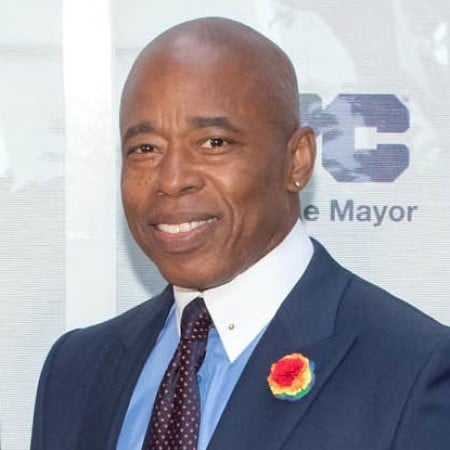
The Democrat added: “Don’t tell me about no separation of church and state. State is the body. Church is the heart. You take the heart out of the body, the body dies. I can’t separate my belief because I’m an elected official. When I walk, I walk with God. When I talk, I talk with God. When I put policies in place, I put them in with a God-like approach . . . That’s who I am.”
Carnes noted that the mayor, a former New York City police officer, used religious language because he knew it would connect with most of the coalition that elected him, which included working-class New Yorkers, Black and Hispanic church leaders and Orthodox Jews.
“Now even the mayor’s office in New York City has appointed an evangelical pastor as Faith-Based and Neighborhood Initiatives director,” and this choice was contested by many “secular left and LGTBQ activists,” wrote Carnes. “But the city’s public square is not the exclusive playground of the secularists, so they lost the fight.”
Meanwhile, “religionists can’t assuredly promise the rising of a new Jerusalem, Mecca or other sacred firmament out of the watery mess. Neither side is very happy drifting with each other in this liminal state.”
Este artículo apareció originalmente en obtener religión.
Terry Mattingly writes the nationally syndicated “On Religion” column for the Universal Syndicate and leads GetReligion.org. He lives in Oak Ridge, Tennessee and is a senior fellow at the Overby Center at the University of Mississippi.
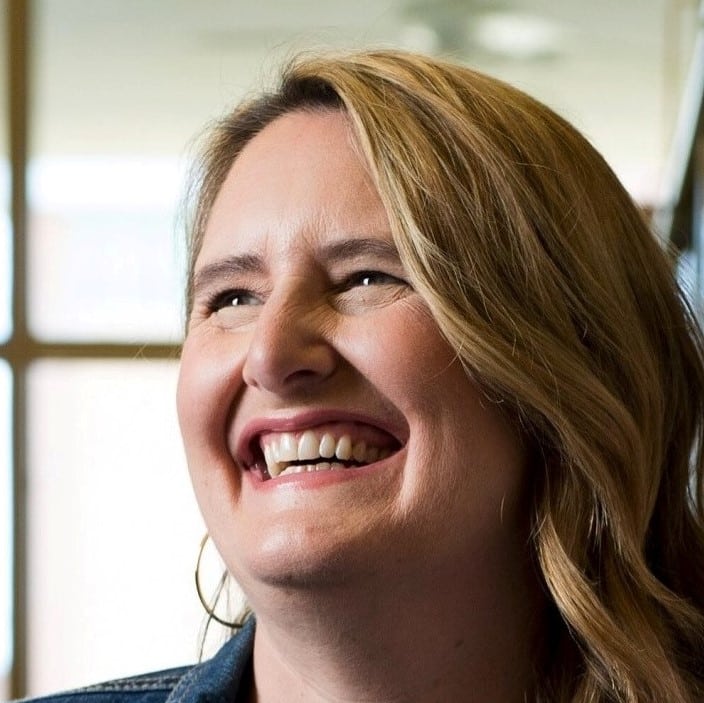
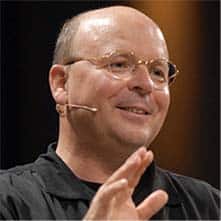


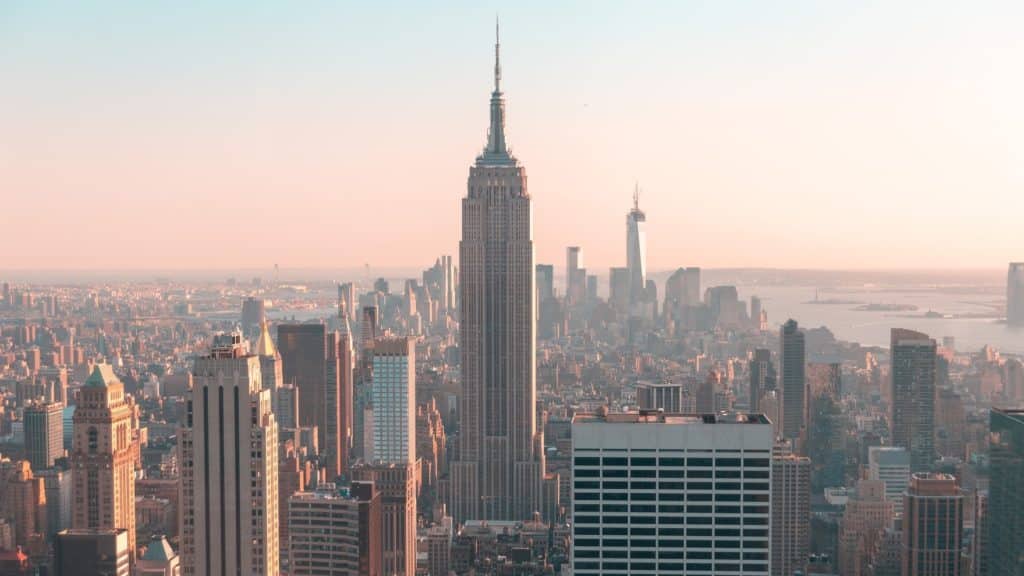
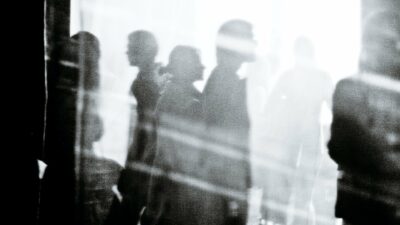
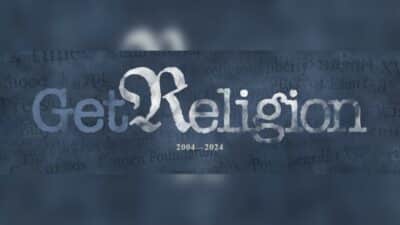
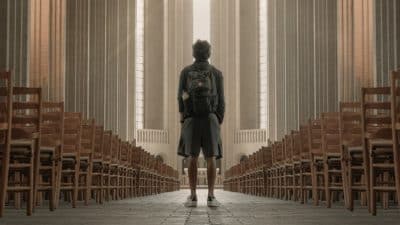
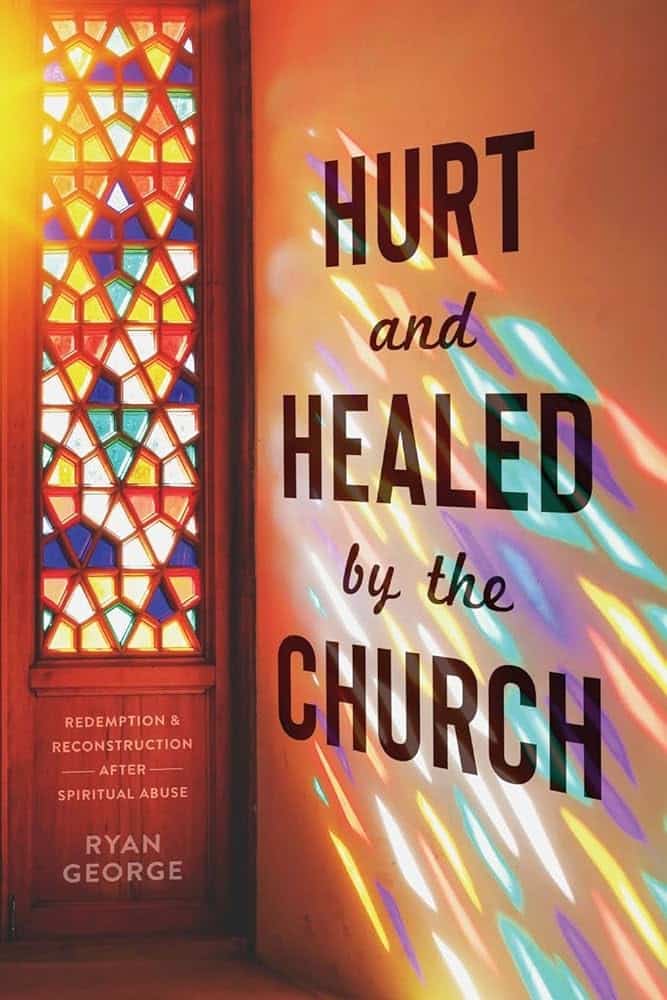

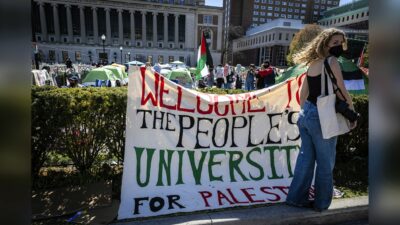

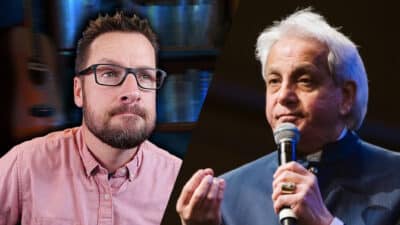
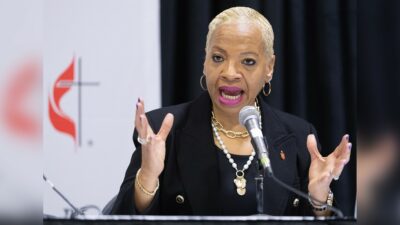






3 Respuestas
“Secular Humanism is opposed to other religions; it actively rejects, excludes, and attempts to eliminate traditional theism from meaningful participation in the American culture.” [Harvey Cox].
I think that the suggestion of what is here quoted, misrepresents secular humanism. That hermetic, and it in no way representative of a “religion”, strives to make “traditional theism” (a bland reference to what of human occurrence it represents) “absent” from consciousness. So something taking place at the individual level.
The parallel is found in recovery from abuse. The abuse survivor strives to forget the abuser, strives to make the abuser absent from their consciousness. So that, rather than “actively rejects, excludes, and attempts to eliminate”: where doing so keep the abuser present in consciousness; so a self-defeating strategy.
Where Cox’s understanding is more valid, is where secularism and religion/theism are in an active struggle for civic hegemony. But there it is clear that it takes two for that particular tango.
What secular humanism does do, which upsets some religious adherents, is that it sets out to “understand” religions and their beliefs and faiths.
““Secularists and progressives . . . are still here and their power is real,” said Carnes. “But sometimes they cannot see the complex reality that’s around them.””
If Carnes had been more even-handed, as between respect for both religion/theism/faith and secularists/progressives; then he would have been offering good understanding.
Both sides, if authentically committed to coexistence, would be transparent about relying on their respective hermetics, and neither would be implying one side (their side) were seeing “the complex reality” while the other side were not.
Go, Mayor Adams! This was an enlightening article and hopeful reminder. I love the body and heart metaphor.
Thank you for the report.